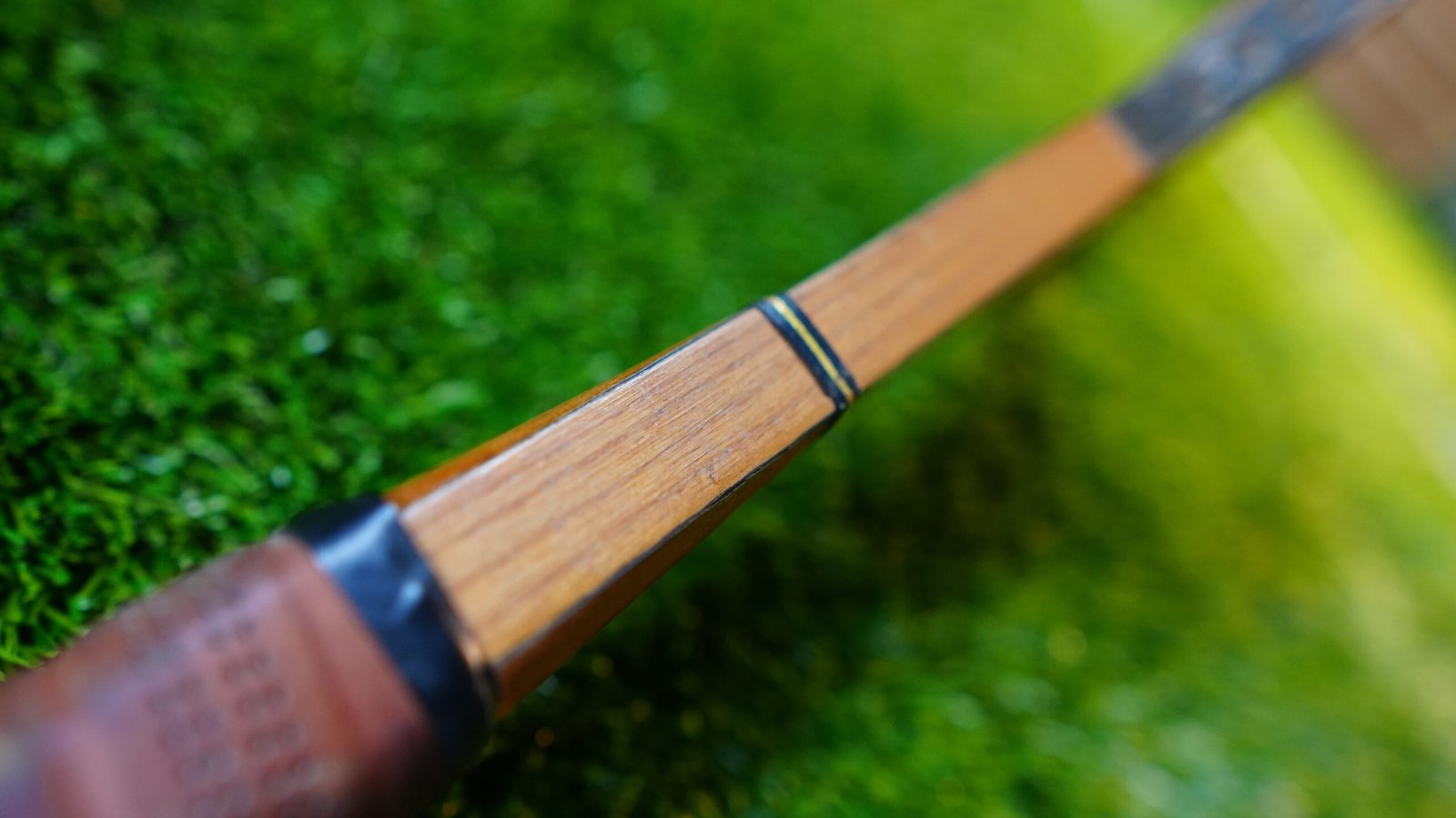Condition
5
10: New
9: Mint
8: Excellent
7: Good
6: Fair
5: Average
4: Below Average
3: Poor
|
Rarity
9
10: Impossibly rare
9: Extremely rare
8: Hard to find
7: Fairly rare
6: Uncommon
5: Common
<4: Big Seller
9: Mint
8: Excellent
7: Good
6: Fair
5: Average
4: Below Average
3: Poor
9: Extremely rare
8: Hard to find
7: Fairly rare
6: Uncommon
5: Common
<4: Big Seller
– – – – – – – – – – –
About This Racket
Yamaha, Yonex, and Mizumo were the big names in racket sports in Japan (and Asia). Yamaha is of course a huge company in transport, hi-fi, music and pianos. This is one of their early models which was later improved. They didn’t have much success in old school tennis, but still made a couple of amazing wooden rackets before becoming a leader in composite materials
Specifications (👋 not yet accurate….check back soon)
| Measurements | Value | Performance | Score |
|---|---|---|---|
| Weight | 338g | Power | 19/100 |
| Head Size & Length | 64.9sq in | 26inch | Control | 28/100 |
| Balance | 6pt head light (35.3cm | 186) | Spin | 25/100 |
| Grip | Perforated leather | Handling | 70/100 |
| Strings | 18 x 20 | gut | Comfort | 66/100 |
| Flexibility | RA 36 | Consistency | 33/100 |
Gallery
Yonex by Time
| YEAR | EVENT |
|---|---|
| 1946 | YONEX Founder Minoru Yoneyama starts manufacturing wooden products in Niigata. |
| 1957 | Badminton racquets start to be made. |
| 1971 | Aluminium racquet introduced to the USA market. |
| 1973 | Logo changes to YY Yoneyama blue and green. |
| 1974 | Production of wooden tennis racquets starts. Tony Roche signs with YONEX. |
| 1975 | YONEX GRAFLEX tennis racquet T-9000 goes on sale. |
| 1976 | Wimbledon doubles winner Ann Kiyomura signs with YONEX. |
| 1977 | CARBONEX 7 and CARBONEX 8 racquets go on sale. |
| 1980 | ISOMETRIC frame racquet goes on sale. Top players sign with YONEX. |
| 1981 | Martina Navratilova wins Roland Garros with R-7 racquet. |
| 1983 | Navratilova wins singles and doubles titles in every Grand Slam. |
| 1990 | Navratilova achieves nine Wimbledon victories. Monica Seles signs with YONEX. |






